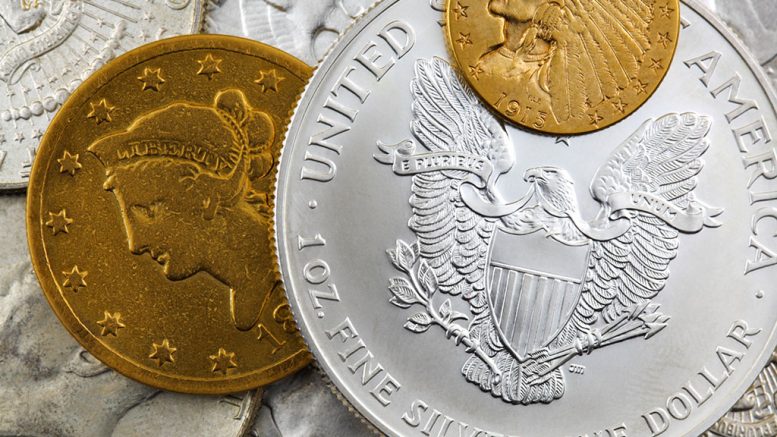Although a change in the U.S. government is unlikely to ease tensions between Washington and Beijing, says CPM Group vice-president of research Rohit Savant, incoming president Biden’s approach to negotiations with China could impact the status of gold and silver under the current administration.
“Hostilities between the U.S. and China will remain irrespective of who is in the White House,” he told The Northern Miner in an email. “However, Trump’s approach to trade negotiations provided a haven for precious metals, whereas Biden is expected to bring the Chinese to the negotiating table by working with U.S. allies to collectively put pressure on Beijing, which could be less supportive of silver and gold prices.”
However, Savant acknowledged that there is still considerable uncertainty over who will control the U.S. Senate next year. Should the Senate be controlled by the Republicans, he said, then there is likely to be a “dysfunctional operation of Congress,” which, he noted, will incentivise investors to hold onto and add to their precious metal holdings and could put upward pressure on precious metal prices.
A Biden administration’s focus on green energy initiatives, Savant said, should support silver and platinum group metals (PGMs). These metals, he said, are used in a range of green technologies such as solar panels, fuel cells, and electrolysers and will help meet the goals of the Democratic party’s Green New Deal, which aims to reduce greenhouse gas emissions.
“The ability of Biden to push these initiatives through will, again, depend on who has control of the U.S. Senate,” Savant said.
Turning to PGMs, Savant noted that they are critical to the traditional car industry and hybrid electric vehicles, where platinum and palladium are used in catalytic converters to reduce exhaust emissions.
Although the market share of electric passenger vehicles (EVs) is set to rise over the next decade, increasing from a current level of 3% of global new car sales to 10% by 2025 and rising to 28% by 2030, according to the annual Bloomberg New Energy Finance report published in May, conventional cars will still account for most of the market share over the next couple of decades, driving demand for platinum and palladium.
Demand for PGMs in China will also rise in 2021, as the country seeks to implement its delayed China 6 standards, he said. Based on European regulations, the standards aim to tighten emissions from new passenger cars and light-duty commercial vehicles.
Silver demand is also expected to rise due to China’s increased emphasis on green energy and the improving economic conditions, which, Savant said, should drive up demand from industries that use silver in their fabrication processes.
Increased gold demand is likely to be concentrated around the Chinese Lunar New Year in mid-February next year, he said.
Savant expects prices for the four metals to rise next year on an annual average basis, with the highest gains for gold, silver, and platinum, with palladium experiencing moderate increases.
He forecasts gold to trade at US$1,897 per oz., up 7.3% from an average of US$1,768 per oz. in 2020. Silver will also jump to US$26.50 per oz., an increase of 30.2% from US$20.34 per oz. Likewise, PGMs are on the rise: platinum to US$1,081 per oz., up 22.1% from US$885 per oz., and palladium to US$2,313 per oz., an increase of 6.8% from an average of US$2,166 per ounce.
“A combination of improving economic conditions and a commitment by various major central banks to keep monetary policy ultra-loose is expected to be very beneficial to all commodity prices,” Savant said.






Be the first to comment on "Precious metals and PGM prices forecast to rise next year"